Ready to transform your space and captivate your audience with a stunning LED display? It's a powerful move for any business, but before you dive in, there’s a critical question to answer: What’s the right LED screen size?
This decision goes far beyond simple measurements. It's the key to unlocking your screen's full potential, ensuring your message is seen clearly, and maximizing your return on investment (ROI).
Choosing a screen that's too small can go unnoticed, while one that's too large or has the wrong resolution for the viewing distance can look pixelated and unprofessional. If you're wondering which size to choose, keep scrolling! This guide will walk you through the essential factors to consider, so you can select the perfect screen to make a lasting impact.
Choosing the right LED involves balancing your budget with the physical realities of your space and the expectations of your audience. Let's break down the five most critical factors to guide your decision.
These two elements are inextricably linked and form the foundation of your decision.
This is the distance, measured in millimeters (mm), from the center of one pixel to the center of the next. A smaller pixel pitch (e.g., P1.9mm) means pixels are packed closer together, creating a higher resolution and a sharper image. A larger pixel pitch (e.g., P10mm) means pixels are farther apart, which is suitable for viewing from a distance.
This is the distance from the screen to your target audience.
![]()
The closer your audience is to the screen, the smaller the pixel pitch needs to be. If the pixel pitch is too large for the viewing distance, the audience will see the individual dots of light instead of a cohesive image, a distracting effect known as pixelation.
A widely accepted rule of thumb in the industry for determining the minimum viewing distance is:
Minimum Viewing Distance (in meters) ≈ Pixel Pitch (in mm)
Minimum Viewing Distance (in feet) ≈ Pixel Pitch (in mm) x 3
For a more comfortable, optimal viewing experience, many experts suggest a slightly greater distance.
LED display best viewing distance = pixel pitch (mm) × 3000/1000
What you plan to display on your screen is just as important as the screen itself.
If you plan to show Full HD (1920x1080 pixels) video, your LED screen's physical pixel count should be able to support it. A screen with fewer physical pixels will have to downscale your content, reducing its quality.
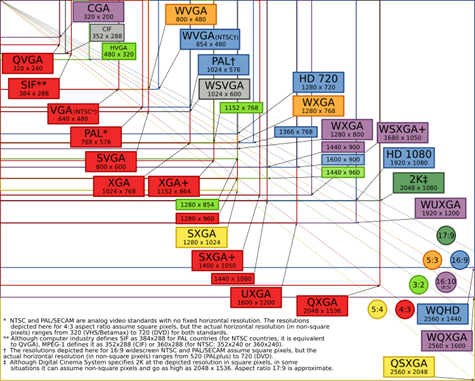
Source: https://commons.wikimedia.org/wiki/File:Vector_Video_Standards4.svg
This is the ratio of the screen's width to its height. The most common screen aspect ratio for video content is 16:9. If your screen has a different ratio (e.g., a tall, thin display in a retail column), your content must be specifically created to fit those dimensions to avoid stretching, cropping, or black bars.
For creative outdoor advertising, non-traditional aspect ratios can be incredibly eye-catching, but they require a content strategy to match.
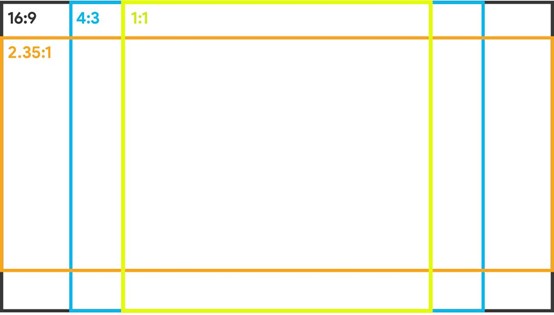
Assume that the man's silhouette is 1.8 meters tall (5.9 feet).
The physical environment dictates the screen's technical requirements.
Typically viewed from closer distances, an indoor LED screen demands a smaller pixel pitch for crisp visuals. Brightness is less of a concern, so screens with around 500-1,200 nits (a measure of brightness) are usually sufficient.
They are designed for controlled environments, often prioritizing fanless, quiet operation for places like boardrooms or high-end retail.
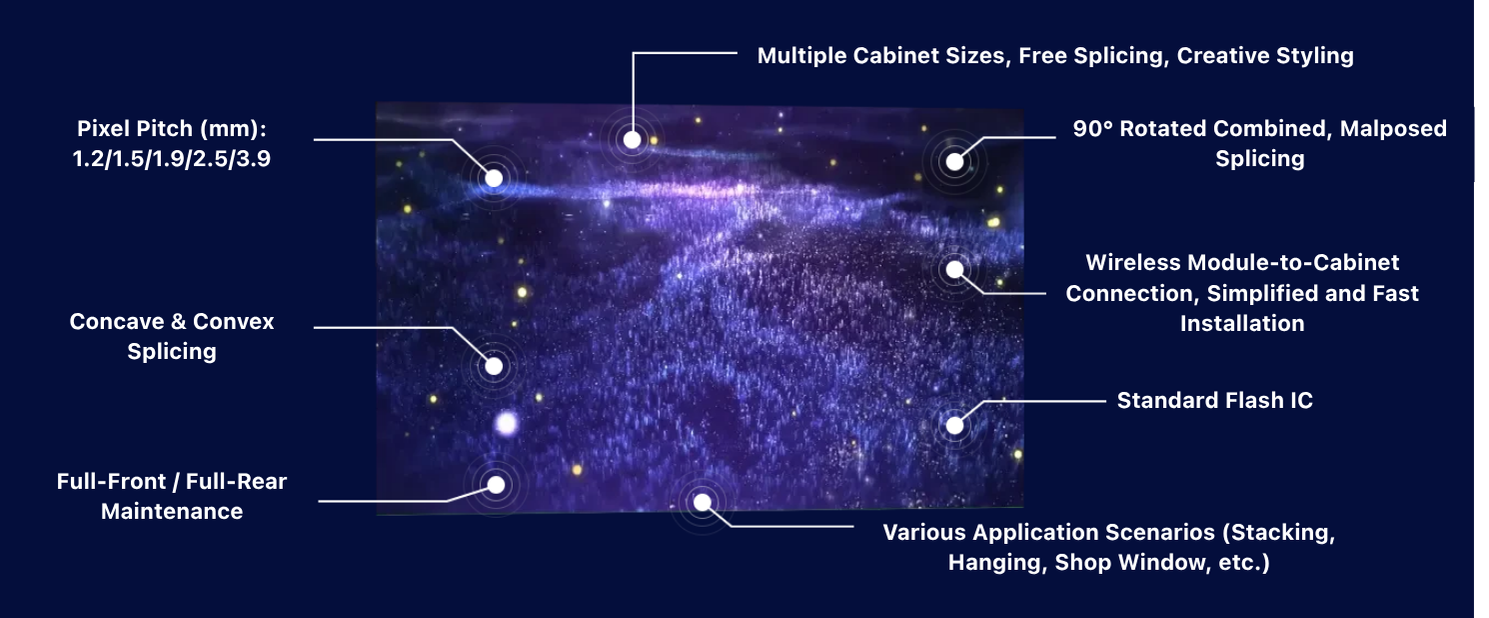
These displays must be powerful enough to overcome direct sunlight. They require very high brightness levels, often 5,000 nits or more.
They also need robust, weatherproof construction (look for IP65 ratings or higher) to withstand rain, dust, and temperature fluctuations, making them ideal for billboard advertising.
How you intend to use the screen is a major factor in determining the ideal size and specifications.
The goal is to grab attention and showcase products. Sizes vary from small shelf-edge displays to large feature walls. High resolution is key for making products look appealing up close.
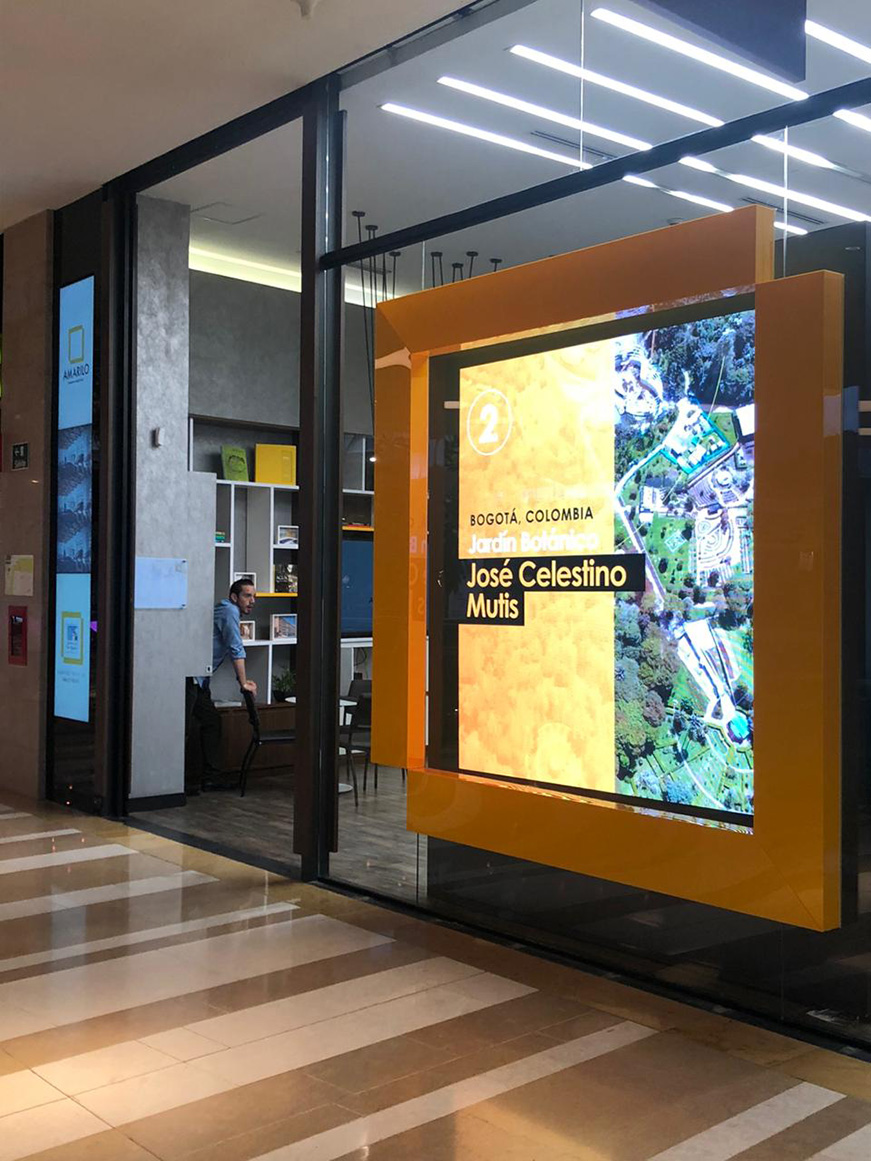
The screen must be large enough for everyone at the table to read small text clearly. A small pixel pitch is essential for data-rich presentations. An LED wall calculator can be useful here to match screen size to room dimensions.

Size is all about impact. These are often massive, modular screens used for live feeds and immersive backdrops. The required pixel pitch depends on the distance to the audience.

Clarity and detail are paramount. These setups often feature vast video walls with a very fine pixel pitch to display complex data streams from multiple sources without any loss of detail.
The primary consideration for outdoor billboard advertising is distance. These screens are enormous and viewed from hundreds of feet away by moving traffic, allowing for a much larger, more cost-effective pixel pitch.
Similar to billboards, these screens must be massive to be seen from every seat in a stadium. They need to be bright, durable, and capable of showing live action, replays, and scoreboard data clearly.
Finally, consider the layout of your space and the people within it. A screen that looks huge in an empty room can feel small in a crowd.
For a wide viewing area, you need a screen that is wide enough to provide good viewing angles for people on the far left and right.
In a long, deep room, the screen must be large enough to be legible to the people in the very back row.
Are there columns, pillars, or other obstructions? You may need a larger, strategically placed screen—or even multiple screens—to ensure everyone has a clear view.
At LAMPRO, we focus on engineering displays that don't just look great but are also built for performance, reliability, and ease of use. Based on the applications we discussed, here are our top recommendations for your indoor and outdoor projects.
When you need to make a statement outdoors, whether it's for billboard advertising or creating a dynamic public display, you need a screen built to handle the elements and shine bright. Our LST Series is engineered specifically for this.
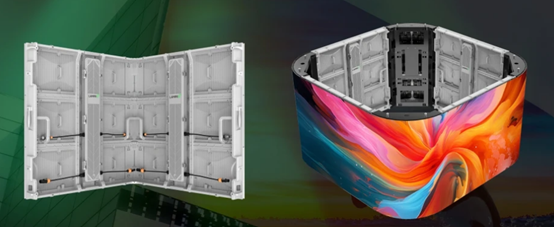
For an indoor LED screen, whether in a corporate boardroom, a high-end retail store, or a command center, the details make all the difference. Your screen needs to deliver perfect images up close. This is where our LDAII Series excels.
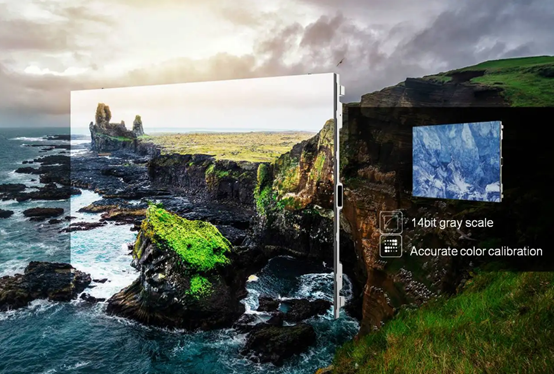
The LAMPRO team is ready to help you translate your vision into reality. Whether you have a detailed plan or are just starting to explore the possibilities, we invite you to reach out.
Contact LAMPRO today for a personalized consultation, and let’s work together to build a display strategy that captivates your audience and achieves your goals.